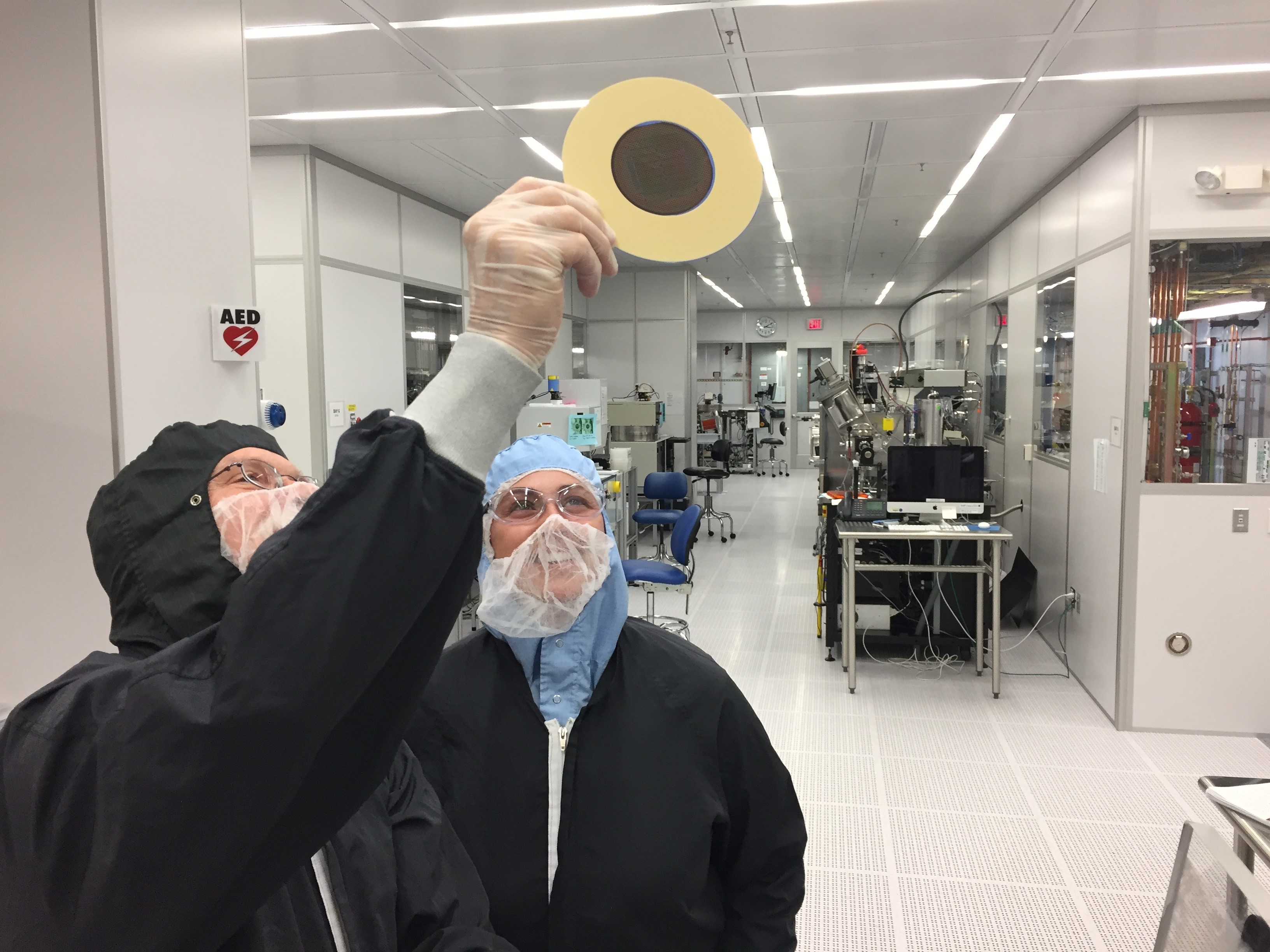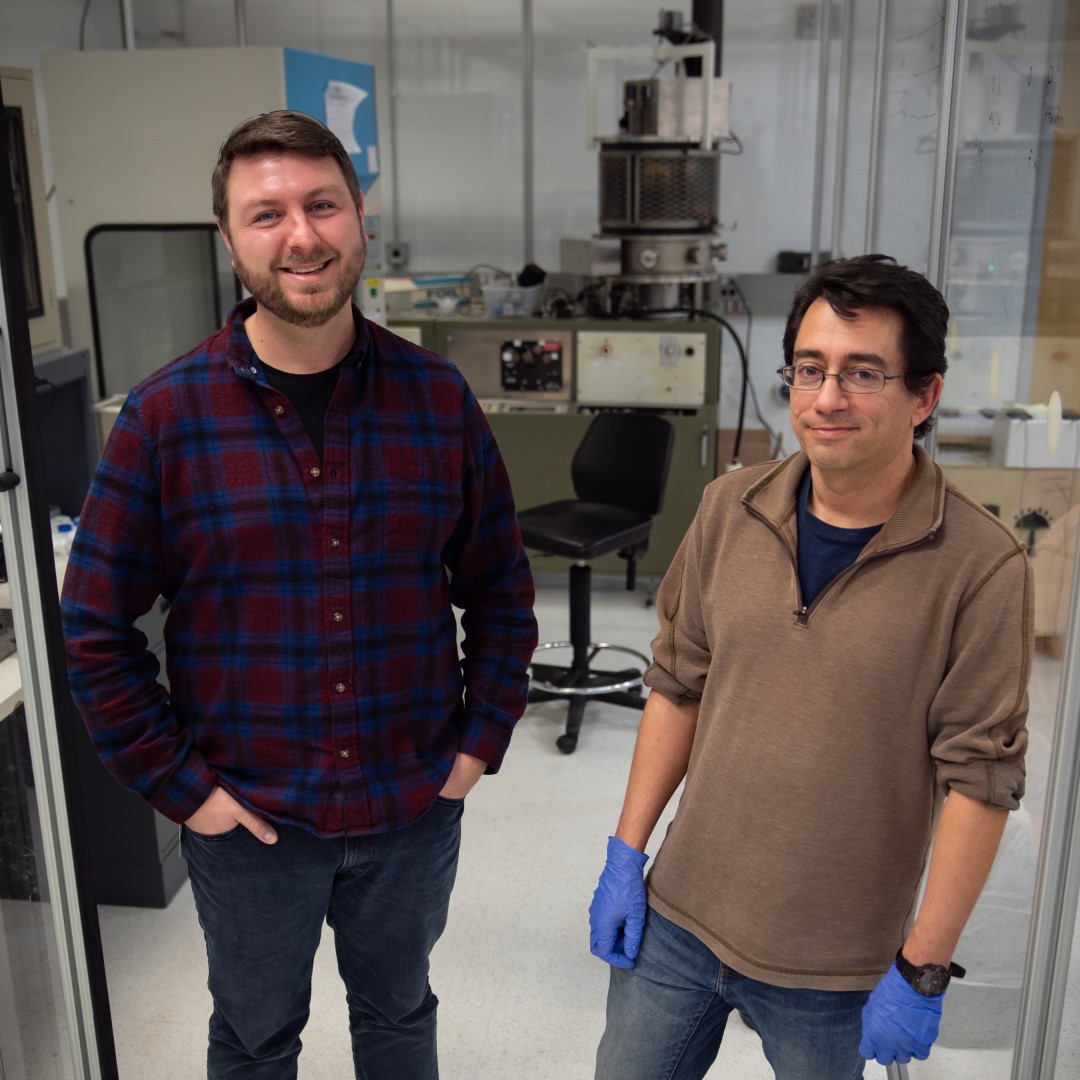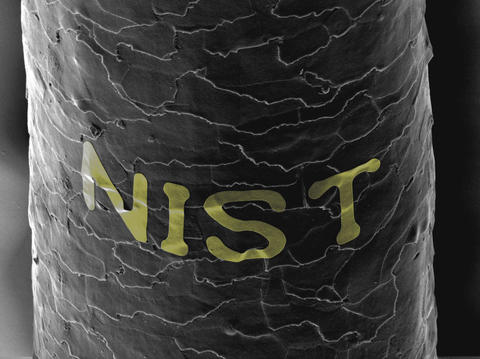Taking Measure
Just a Standard Blog
Agents of Contrast, Software Runaway Hit, Our Early Universe: A Sample of Stories on NIST Social Media
Creativity has its home at NIST. Our problem-solving staff members lend their expertise to multiple disciplines, from the magnetism of medical imaging to the art/science of software testing and beyond — to the far reaches of space.
Curious? It’s time to get you caught up on a few of the happenings at NIST, as told during the summer on social media.
Detecting the Inner Workings and Origins of Our Universe With NIST Researcher Tammy Lucas

NIST researcher Tammy Lucas is building tools to help astronomers and cosmologists look back in time to the earliest moments of our universe — and see what we can learn about our world now.
One of Tammy’s projects will help researchers study the leftover radiation from the early universe, aka the cosmic microwave background. The detector she’s working on will be used in the skies over the Chilean desert. They’re attempting to see what the universe looked like in its earliest moments.
Tammy is also working on a satellite mission — currently slated to launch in 2035 — that will study supermassive black holes and attempt to answer how black holes are created and how they influence their surroundings. Since nothing can escape the gravitational field of a black hole, there are some challenges in measuring and observing them, and those require engineering solutions. Tammy and her team are hard at work on making these measurements possible.
But for Tammy, it’s all worth it to be a problem-solver and an explorer. She’s ready to learn what these detectors and sensors might bring back to researchers here on Earth.
The Runaway Hit for Software Testing
We have a runaway hit on our hands. Not a song or TV show. It’s a research tool that helps test software more effectively than ever before — including the software that helps keeps cars and airplanes operating safely.
A paper from 2013 that introduced the tool has been recognized at the Institute of Electrical and Electronics Engineers (IEEE) International Conference on Software Testing, Verification and Validation (ICST). It’s the most influential paper in the “practical” category published during the past 10 years.
In most industries, software testing is both art and science. Testers for systems such as modern cars, for example, imagine scenarios they think the system will confront: icy conditions on the road, driving at night in the rain, etc. Then they design tests to cover those scenarios.
These testers know from experience where the problems are usually found, and they design their tests manually to find lots of them. But what if the system comes up against a scenario that the testers didn’t predict?
Cue the testing tool from NIST. It helps ensure that the entire range of situations a software system might encounter, including very rare combinations of parameters, will be included in the tests. It’s necessary for safety and security to test very rare situations.
Scores of companies have picked up on the NIST tool’s benefit, including Google, Microsoft, Intel, Amazon, AT&T, Lockheed Martin and more.
So we’re sending congratulations to the NIST researchers and collaborators at the University of Texas at Arlington for their big hit — which has probably helped improve devices you use every day.
Find more details on the paper and the research tool it describes.
The Creative Minds Working Behind the Scenes on Agents of MRI Contrast

You might not recognize these two faces from such NIST social media hits as “microprinting with candy” and “molds for microparticles,” but they were behind that work the whole time.
Meet NIST researchers Sam Oberdick and Gary Zabow, two of the creative minds working with magnetic imaging on our campus in Boulder, Colorado. Those hits listed above could be classified as side projects for the duo, whose main goal is to study contrast agents for magnetic imaging.
But these aren’t the typical contrast agents administered to patients while they’re waiting for an MRI.
Sam and Gary are working on microscale and nanoscale magnetic devices that can be used with magnetic resonance imaging (MRI) to enhance images and highlight biological activity — such as tracking individual cells to see how they move.

This work coincides with efforts from other members of their NIST group, who are measuring MRI machines that use lower-strength magnetic fields. The low-field MRIs could be portable, cheaper alternatives to the bulky machines using high magnetic field strengths in hospitals.
But low-field MRI machines have been cleared by the U.S. Food and Drug Administration for only a few years. There hasn’t been much work to develop the nanoparticle contrast agents for these machines.
So, between the headliners that keep social media strange and unique, that’s the challenge Sam and Gary dedicate their efforts toward.
In case you missed it, these are the hits we reference above:
- NIST Finds a Sweet New Way to Print Microchip Patterns on Curvy Surfaces
- Spotlight: Polymer Microparticle Molds
To get news like this and other updates, follow NIST on social media:
- National Institute of Standards and Technology
- National Initiative for Cybersecurity Education
- Organization of Scientific Area Committees
- Communications Technology Laboratory
- Manufacturing USA group
- Manufacturing Extension Partnership
YouTube





